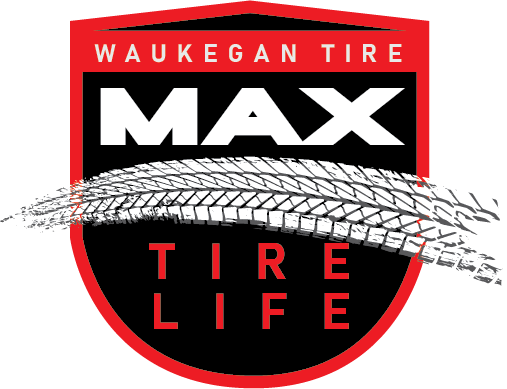Emissions testing is crucial in maintaining air quality and ensuring vehicles operate efficiently. For Wisconsin residents, understanding the intricacies of the state's emissions testing program is essential for compliance and environmental responsibility.
Wisconsin Emissions Testing Basics
Passing Your Emissions Test
Vehicle owners should be aware of common reasons for failure and take preventive measures to increase their chances of passing an emissions test. Understanding these factors can help maintain a vehicle that meets environmental standards and complies with state regulations.
Common reasons for test failure
Several issues can lead to a failed emissions test. These include
1. Malfunctioning Malfunction Indicator Light (MIL)
2. Illuminated "Check Engine" or "Service Engine Soon" light
3. Faulty On-Board Diagnostic (OBD) system connector
4. Unset readiness monitors in the OBD system
5. Non-communication between the vehicle's onboard computer and testing equipment
Pre-test vehicle maintenance tips
To improve the likelihood of passing an emissions test, vehicle owners should consider the following maintenance tips:
6. Warm up the engine before the test to ensure optimal operating temperature
7. Complete routine maintenance, including oil changes and filter replacements
8. Drive 100-200 miles after maintenance or battery replacement to reset the system
9. Properly inflate tires to improve vehicle stability
10. Use fuel additives to dislodge carbon deposits inside the engine
Options if your vehicle fails
If a vehicle fails the emissions test, owners have several options:
11. Visit the WI Emissions website for more details. https://www.wisconsinvip2.org/Content/Motorists/FailedVehicleInformation/MyVehicleFailed
12. Review the Vehicle Inspection Report to determine if the result was a reject or fail
13. Check the vehicle's warranty for covered repairs
14. Seek repairs at a state-recognized repair facility
15. Return for a retest with a completed and signed repair form
It's important to note that driving with an illuminated check engine light is not recommended, as it often indicates an issue that will impact the emissions test. Instead, owners should have their vehicles repaired at a reputable service center before attempting the test again. Regular maintenance and prompt attention to any warning lights or performance issues can significantly improve a vehicle's chances of passing the emissions test and contribute to cleaner air quality.
Conclusion
Wisconsin's emissions testing program is crucial in maintaining air quality and ensuring vehicles operate efficiently. This guide has provided a comprehensive overview to help vehicle owners easily navigate the requirements. From understanding the basics to locating testing facilities and preparing for the test, readers now know how to approach emissions testing confidently.
Regular maintenance and prompt attention to warning signs are crucial to passing the emissions test. Following the tips outlined in this guide, vehicle owners can contribute to cleaner air quality and comply with state regulations. If your vehicle fails the test, options are available, including seeking repairs at recognized facilities and retesting. In the end, this process has a positive impact on both individual vehicle performance and the overall environment.
FAQs
What should I bring with me for an emissions test in Wisconsin? To ensure a smooth emissions test process in Wisconsin, you should bring the following items:
· The renewal statement you received by mail or the renewal notice from eNotify via email.
· Your vehicle's certificate of registration.
· The emissions letter from the DMV.
· Any prior emissions inspection reports.
· A Substitute Renewal Notice/Non-operation Statement MV2016, if applicable.
· Your Wisconsin vehicle title.
How can I increase my chances of passing the OBD emissions test? To improve the likelihood of passing the OBD emissions test, consider these tips:
· Warm up your engine thoroughly before the test.
· Ensure your vehicle has received all necessary routine maintenance.
· Address any known engine-related issues before the test.
· Verify that the “Check Engine” light is off.
· Opt for a smog test location that offers free retests, just in case.
How can I obtain an emissions waiver in Wisconsin? Vehicle emissions repairs must be conducted at a recognized repair facility in Wisconsin to be eligible for an emissions waiver.
Is it advisable to drive my vehicle before taking the emissions test? Yes, driving your vehicle for at least 10 to 15 miles is advisable before undergoing an emissions test. This helps ensure that your vehicle's engine is adequately warmed up and ready for the test, potentially preventing a failure due to the engine not being prepared.
WAUKEGAN TIRE HELPS YOU EXTEND THE LIFE OF YOUR NEW TIRES WITH FREE SERVICES ENSURING YOU GET THE MAX TIRE LIFE










































